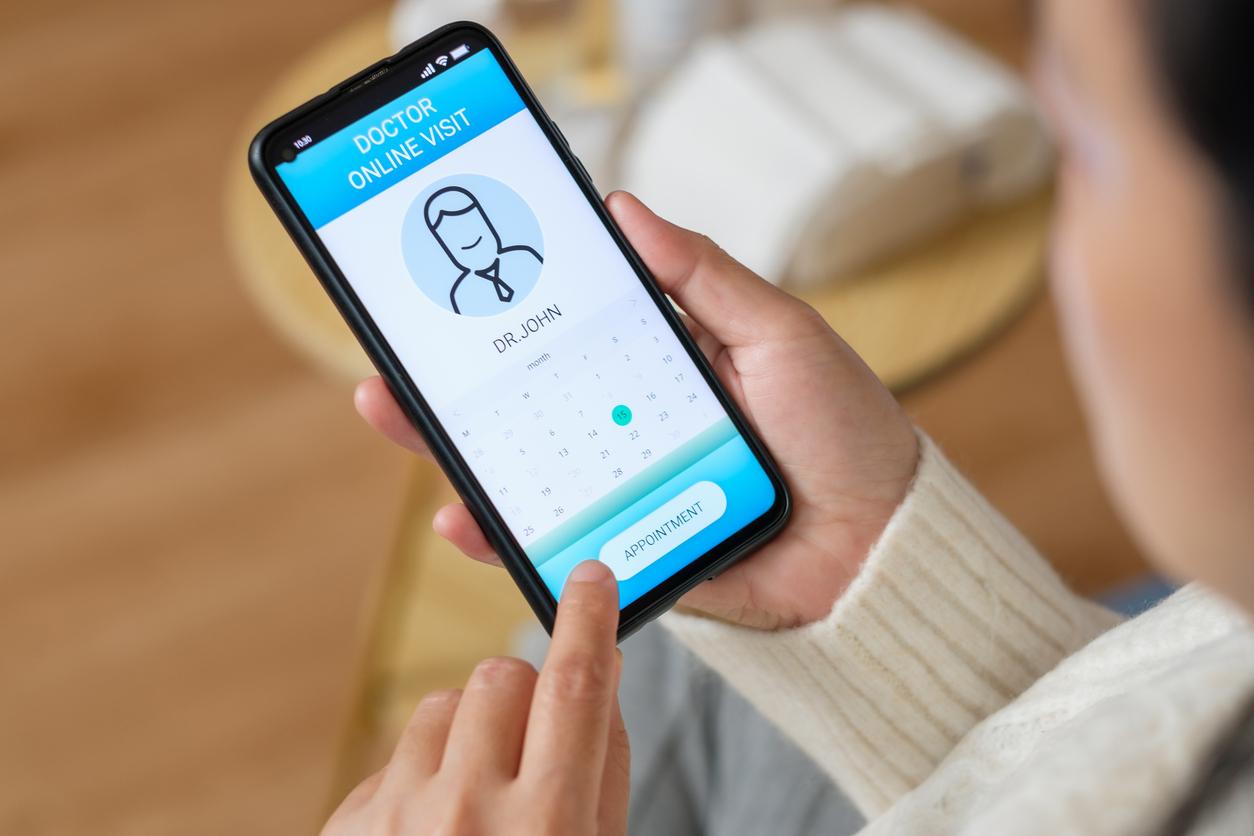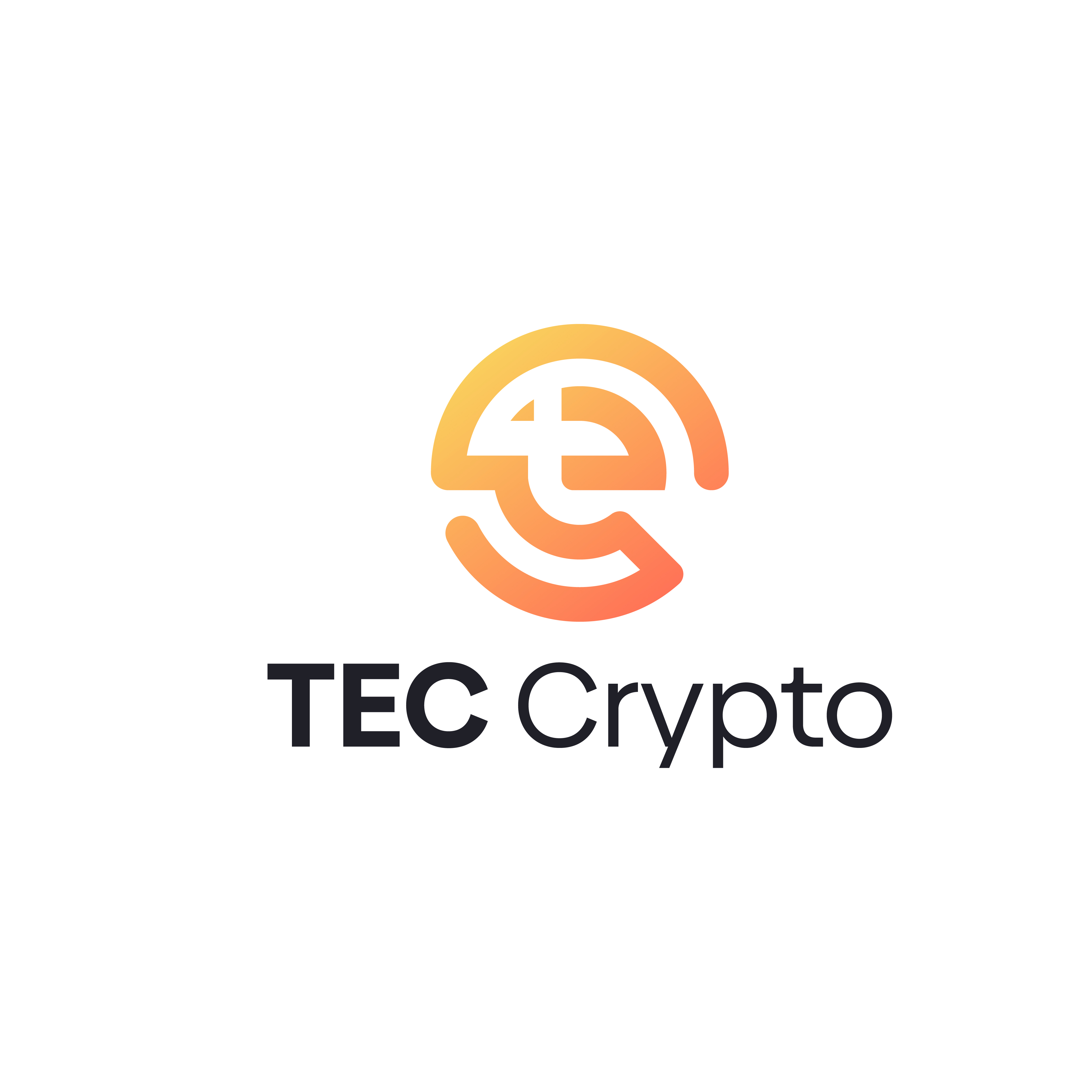Technology’s Impact on Vertical Health: Balancing Innovation, Privacy, and Personal Wellness
In today’s fast-paced world, maintaining holistic health is more important than ever. This is where vertical health comes into play—a comprehensive approach that integrates physical fitness, nutritional balance, and mental well-being. Unlike traditional health models that treat symptoms in isolation, vertical health promotes a synergy between various aspects of wellness.
Technology has rapidly transformed how individuals engage with their health, making it easier to track, manage, and improve well-being through a suite of digital tools. From AI-driven insights to virtual doctor visits, today’s tech-driven solutions empower people to take control of their wellness journey from anywhere.
This article explores how technology is reshaping vertical health, highlighting its benefits, challenges, and leading platforms. While innovation enhances accessibility and personalization, it also introduces concerns such as data privacy and the digital divide. Understanding this balance is crucial as we move toward a more tech-integrated health future.
The Rise of Technology in Vertical Health
Over the past decade, health technology has evolved from basic pedometers and calorie counters into a vast ecosystem of integrated platforms. What began with simple fitness trackers like early Fitbit models has matured into sophisticated wearables, apps, and AI-powered tools that track everything from sleep quality to blood oxygen levels in real time.
Key technologies include:
-
Mobile health apps: These enable users to log meals, workouts, moods, and more, offering visual feedback and goal tracking.

-
Wearable devices: Smartwatches and fitness bands monitor heart rate, sleep cycles, step count, and even stress indicators.
-
Telehealth services: Virtual consultations with doctors, therapists, and nutritionists eliminate geographical barriers to care.
-
AI and machine learning: These tools analyze massive datasets to deliver personalized health recommendations, predict disease risk, and flag anomalies.
This shift toward real-time monitoring and individualized insights marks a major leap in proactive healthcare. Rather than waiting for symptoms to arise, users can now detect and address potential issues early. This is especially significant for managing chronic conditions, improving mental health, and maintaining long-term wellness.
Read more: Best Treadmills for Home in 2025: Top Picks for Every Budget and Space
Benefits of Technology in Vertical Health
1. Empowerment Through Data
One of the most transformative aspects of health technology is its ability to provide users with actionable data. People can now track everything from their step count and calorie intake to their mood fluctuations. This self-awareness encourages better decisions, accountability, and motivation.
For instance, platforms like Fitbit go beyond counting steps—they analyze sleep patterns, stress levels, and heart rate variability to present a full picture of physical health. Users can set personalized goals and receive reminders, helping them stay consistent and engaged.
2. Improved Accessibility via Telehealth
Telehealth has removed one of the biggest barriers to quality healthcare: location. Through video consultations, chat-based therapy, and even remote diagnostics, patients can connect with professionals without needing to leave home. This is especially beneficial for:
-
Rural residents with limited access to specialists.
-
Individuals with mobility challenges.
-
Busy professionals seeking flexible appointment times.
Services like Teladoc Health offer everything from routine checkups to mental health support, all under one digital roof.

3. Highly Personalized Health Plans
AI technology plays a central role in customizing wellness journeys. By analyzing individual user data—activity levels, eating habits, sleep cycles—apps can create tailored health plans. These go far beyond generic advice, delivering insights that adapt over time.
Apps like MyFitnessPal, for example, allow users to log food intake and activity levels. The app then adjusts calorie and macronutrient goals based on performance and trends, delivering a dynamic nutrition roadmap.
Similarly, mental health apps like Headspace or Calm track usage habits and offer personalized mindfulness exercises to improve sleep, reduce stress, and enhance emotional resilience.
Read more: 10 Best Practices to Follow to Maintain a Healthy Lifestyle
4. Integrated Mental Health Support
Mental wellness is no longer an afterthought. Apps such as Headspace, Calm, and BetterHelp offer tools that address anxiety, depression, insomnia, and burnout. Many combine guided meditations, breathing exercises, and sleep stories to build emotional stability.
By integrating physical, nutritional, and mental health support, technology is helping individuals take a truly vertical approach to wellness—treating the whole person, not just isolated symptoms.
Challenges and Concerns
1. Data Privacy and Security
The collection of sensitive health information raises significant privacy concerns. Users entrust apps and devices with their biometrics, location data, and behavioral patterns. If mishandled, this information can be exploited or leaked.
High-profile breaches and unclear privacy policies have led to increasing skepticism. For example, some fitness apps have been criticized for sharing user data with third-party advertisers. The need for stronger data encryption, transparent policies, and user consent is greater than ever.
2. Over-Reliance on Technology
While health tech can be empowering, over-dependence may lead to reduced human interaction in healthcare. Replacing regular doctor visits with algorithm-driven recommendations can result in misdiagnoses or overlooked conditions.
Technology should complement—not replace—medical professionals. For instance, while an AI might detect irregularities in sleep data, a certified doctor is still needed to interpret and contextualize that information.
3. Accessibility Disparities
Not all populations benefit equally from health technology. Factors like income, digital literacy, and internet access create gaps in adoption. Rural communities, elderly individuals, and low-income households may struggle to access or utilize these tools effectively.
To ensure inclusive health outcomes, public and private sectors must invest in infrastructure, education, and low-cost solutions.
4. Accuracy and Misleading Information
Health recommendations derived from AI or crowd-sourced data can be flawed. Some apps rely on incomplete datasets or fail to consider complex health histories, potentially delivering inaccurate guidance.
Furthermore, users may misinterpret data or self-diagnose based on general trends, which can lead to unnecessary anxiety or incorrect treatments.
Case Studies of Vertical Health Platforms
Several leading platforms demonstrate how technology is effectively integrating fitness, nutrition, and mental health into a single, accessible experience:
-
MyFitnessPal: Offers a unified dashboard for tracking food intake, exercise, and weight goals. With barcode scanning, community support, and integration with wearables, it provides a holistic view of wellness.
-
Calm: Goes beyond meditation by offering sleep tracking, stress-relief tools, and even mental wellness coaching. The app’s user-friendly interface and scientifically backed techniques make it ideal for daily use.

-
Teladoc Health: A comprehensive telemedicine platform that provides virtual consultations across physical and mental health specialties. It’s particularly useful for chronic disease management and mental health therapy, supporting a full vertical health model.
These platforms show how integrating multiple wellness domains enhances both engagement and outcomes.
Balancing Benefits and Risks
As the vertical health tech landscape expands, so too must our commitment to responsible use. Several strategies can help mitigate potential risks:
-
Stronger data security: Enforce encryption standards and multi-factor authentication to protect user information.
-
Privacy education: Equip users with knowledge about permissions, data sharing, and privacy settings.
-
Regulatory oversight: Governments and health agencies must establish clear frameworks to ensure transparency, accuracy, and ethical AI use.
-
Equitable access initiatives: Public health programs should subsidize devices and offer training in underserved areas.
Only by balancing innovation with caution can we ensure health technology benefits everyone.
Conclusion
Technology is fundamentally reshaping vertical health, offering individuals unprecedented control over their physical, nutritional, and mental well-being. From real-time health tracking and AI-driven insights to virtual medical care, the tools at our disposal are more powerful and accessible than ever before.
However, this digital revolution comes with its own set of risks—particularly around privacy, accessibility, and accuracy. As health tech continues to evolve, stakeholders must work together to ensure it remains a force for good, not just convenience.
Consumers should embrace these innovations while staying informed, cautious, and engaged in their own wellness journey. With thoughtful implementation, technology can be a true ally in achieving lifelong, holistic health.
DEALS DELIVERED TO YOUR INBOX.
Subscribe now for top-notch shopping & Investing advice. Receive hot Vouchers into your wallet
By submitting your information you agree to the Terms & Conditions and Privacy Policy
Related Articles

Shake Up Your Halloween Party with These 10 Spooky Alcohol Cocktails – Try Them Now!

Chicken Salad Chick Coupons 101: Enjoy More for Less!

Christmas Movie Night: Save Big with Coupons and Deals

Tattoo for Lost Baby: A Heartfelt Tribute to Love and Loss

Cherry Coded: The Bold, Romantic Look That’s Taking Over 2025

Top 8 Skinification Fragrances That Smell Like You, Only Better
Popular Brands
View all.jpeg)
Euka AI
5 Coupons Available

TEC Crypto
5 Coupons Available

Hair Growth CO
5 Coupons Available

Macujo
4 Coupons Available

StrAIco
5 Coupons Available

9x9stationery
2 Coupons Available
Popular Articles
View all
Top 18 Grapefruit Perfumes That Smell Juicy, Fresh & Effortlessly Chic

Top Online Stores Offering Free Shipping for Christmas Gifts

Loose Rules: 10 Baggy Outfit Ideas for Men Who Own the Oversized Trend

Tokyo Drip: Inside the Bold World of Japanese Men’s Streetwear

Back-to-School Cashback Deals: Earn While You Shop for School Essentials!

Threshold of the Beyond: Cemetery Gate Tattoo Concepts That Echo with Mystery
LATEST

Last updated: May 29, 2025

Last updated: Sep 11, 2025

Last updated: Jun 12, 2025

Last updated: Aug 5, 2025
.png)
Last updated: May 29, 2025
.png)
Last updated: May 21, 2025
